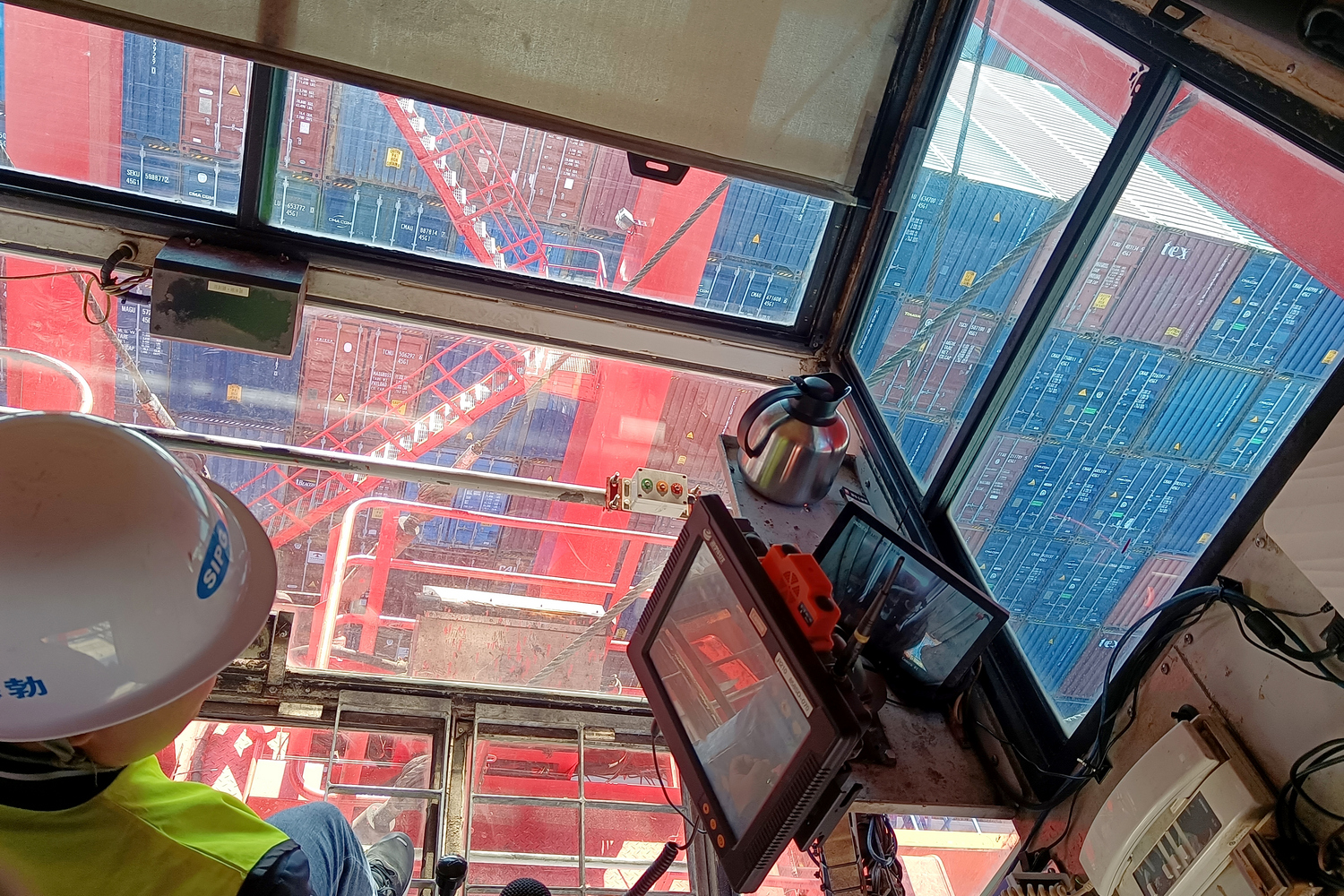Japan Bus Company Turns to Darveen for a More Efficient Bus Arrival System

The ubiquitous Internet of Things (IoT) technology has led to many new applications that improve human life. In the field of transportation, this is reflected in connected vehicle fleets, providing bus operators with effective real-time monitoring and management. For passengers, it offers conveniences like digital signages and bus arrival prediction systems, delivering crucial transportation information to commuters and enhancing the safety and comfort of their journeys. These advanced applications are executed through in-vehicle computers installed in the buses, which are connected to servers located in a central control room, ensuring seamless communication and data flow.
Customer Background
A city in Japan, renowned for its rich historical landmarks and architecture, has long attracted numerous domestic and international tourists. The city bus plays a crucial role in providing reliable transportation services for both visitors and residents. The bus company operates multiple routes and has installed information kiosks and digital signages at bus stations, allowing travelers to access real-time bus schedules, thereby reducing waiting times.
Accurate Bus Arrival Information: Key to Enhancing Passenger Experience
For a recent upgrade of on-board computers, the bus company required a robust and durable solution that could operate in harsh environments. They also needed the computer to run on the Android operating system to facilitate the management and make it easier for software developers to maintain. Additionally, the bus company’s control center required real-time fleet management and a stable network connection.
Darveen’s FMT-615A: Supporting Reliable Bus Arrival Prediction System
After considering all necessary functions and requirements, the bus company, through a system integrator, selected Darveen’s FMT-615A vehicle mount computer solution. The FMT-615A features an 8-inch touchscreen and a Rockchip RK3568 processor, running on the Android 11 operating system, specifically designed for fleet management applications. Additionally, Darveen’s design team addressed customer needs by executing I/O modifications and functionality testing to ensure that the final deployment met the expected performance and results.
The FMT-615A can seamlessly integrate Wi-Fi 5, 4G/5G, and GPS modules, using GPRS to transmit the bus location to the control center in the most accurate and fastest manner. Cellular 4G/5G networks facilitate message transmission between the control center and bus drivers. The control center ensures that bus information is received and sent correctly and precisely to the bus arrival prediction system, providing passengers with optimal quality and safety.
Information kiosks at bus stops display real-time information, including bus route numbers, the number of remaining stops, estimated arrival times, route maps, and advertisements. Electronic information kiosks at the main bus terminal present information on 4K resolution displays, while those at intermediate stops use electronic paper displays to provide information for extended periods. The FMT-615A installed on buses assists the bus arrival prediction system in offering various convenient functions. The control center can monitor the exact location of each bus in real-time, and passengers can access bus arrival information through digital signages or smart phones.
Benefits of FMT-615A
Darveen’s FMT-615A, with its compact and integrated design, delivers unparalleled quality that meets the high standards of Japanese bus company. Its highly responsive touchscreen allows drivers to enjoy user-friendly and efficient operations. The wide 8-36 VDC power input is compatible with various vehicle power systems, and features like ignition control and MIL-STD-810G compliance for shock and vibration resistance ensure the solution operates stably within bus fleets. The bus company has decided to expand this solution to more bus routes.




